NEW DELHI, India—In the forests of India’s northeastern region, the Indian Army is training Vietnamese army officers to hone their counter-insurgency fighting skills, an indication of the growing strategic military ties between the two countries.
Three Vietnamese officers are currently training at the Counter-Insurgency and Jungle Warfare School near the town of Vairengte in Mizoram. Once trained, the officers will in turn pass on their skills to soldiers back home, which will help the Vietnamese army combat insurgents operating in the country’s jungles.
Concerned about China’s growing strategic presence on the frontier along the Himalayas as well as in the Indian Ocean region, New Delhi has been orchestrating a counter-offensive, and assisting Vietnam is part of that. Both India and Vietnam share a border with China.
The two countries have been making efforts to boost their strategic military ties, and during former Vietnamese prime minister Nguyen Tan Dung’s visit to India in 2014, Indian Prime Minister Narendra Modi promised India’s help in modernizing Vietnam’s armed forces.
“They spoke about training programs and cooperation in defense equipment, among other issues. India is also working on pilot training for the Vietnamese Air Force and submarine training,” said Dr. Sampa Kundu, a researcher at Southeast Asia and Oceania Cluster of the Institute for Defence Studies and Analyses in New Delhi.
India has also offered Vietnam its state-of-the-art BrahMos supersonic anti-ship missile, the extended range version of which was tested last month; it can travel three times the speed of sound and hit a target 250 miles away. This signifies more competition in the South China Sea, where China has been constructing artificial reefs around two islands—something that has been fiercely contested by several regional countries, including Vietnam and India.
Vietnam also has access to India’s surface-to-air missile, Akash, which is currently in service with Indian Air Force. In addition, at its Navy training school in Visakhapatnam, India is training Vietnamese sailors to handle Russian Kilo class diesel electric submarines at INS Satvahana, its premier Submarine Training Base.
According to Kundu, strengthening defense ties between the two nations, along with Indian President Pranab Mukherjee’s “timely visit to Hanoi just few days ahead of President Xi Jinping’s visit to India in September 2014, were seen as a strategic response by India to China’s so-called bonhomie with Maldives, Sri Lanka, and Pakistan.”
Asian geo-politics is not new to the trilateral dynamics between India, Vietnam, and China. When Vietnam sent its army into Cambodia to end the genocide by the Pol Pot regime, India was one of the first countries to support it.
According to a report in the Indian Express, this created diplomatic challenges for India; however, it stood by its decision to support Vietnam.
“Beijing, which backed the maniacal Pol Pot clique, chose to teach Hanoi a lesson by attacking Vietnam in 1979. But poorly equipped Chinese forces, that were barely coming out of the turbulence of the Cultural Revolution, were routed by Vietnam,” the report said.
The bilateral partnership between India and Vietnam took on greater significance after China started asserting itself more in the South China Sea. Alarmed by Beijing’s tactics in its vicinity, Vietnam started to reach out to other countries in Asia and beyond.
India, on the other hand, has to respond to its own need for greater strength in the Indo-Pacific region, said Kundu.
“In order for India to become a significant Indo-Pacific power—not only in terms of geography, but strategically too—it is imperative for New Delhi to respond to the calls from the extended neighborhood, which includes Southeast Asia, in their military modernization and defense capabilities programs,” she said.
Kundu explained that since Vietnam is an important maritime nation in the Southeast Asian region, it can be significant to India the way Pakistan is significant to China.
“China is of course an important component in India-Vietnam relations, but there are certain other modules that need to be looked at. India’s help to Vietnam in training its soldiers can be one of them,” she said.
According to NTD Television, Beijing is in the process of selling eight diesel-electric submarines to the Pakistan Navy at a cost of at least $5 billion. NTD also said that according to reports, China may be prepared to deploy thousands of marines to defend the port of Gwadar on the southwestern coast Pakistan, which was constructed with Chinese funding.
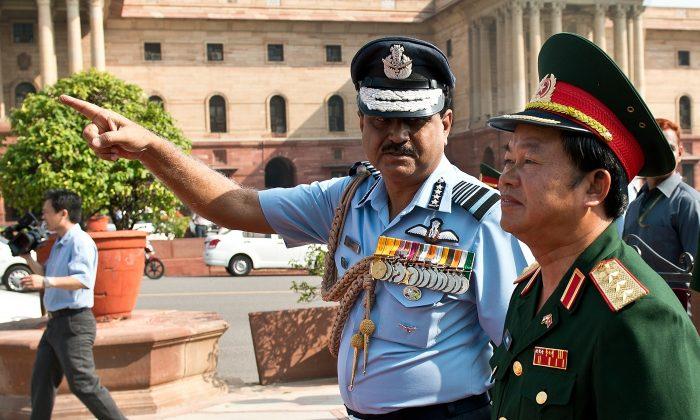

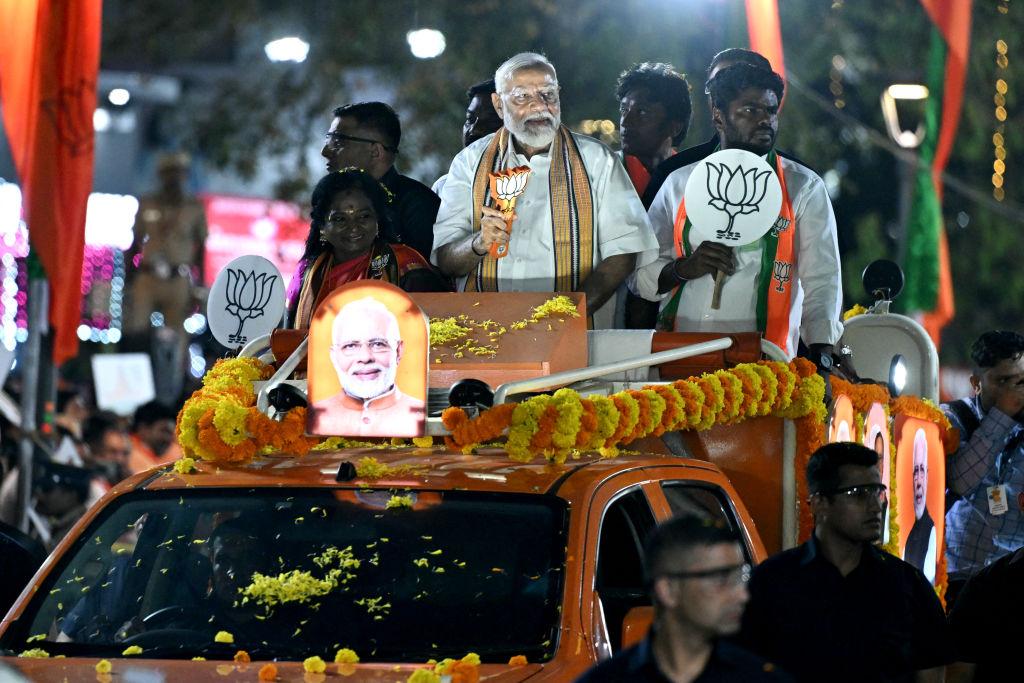
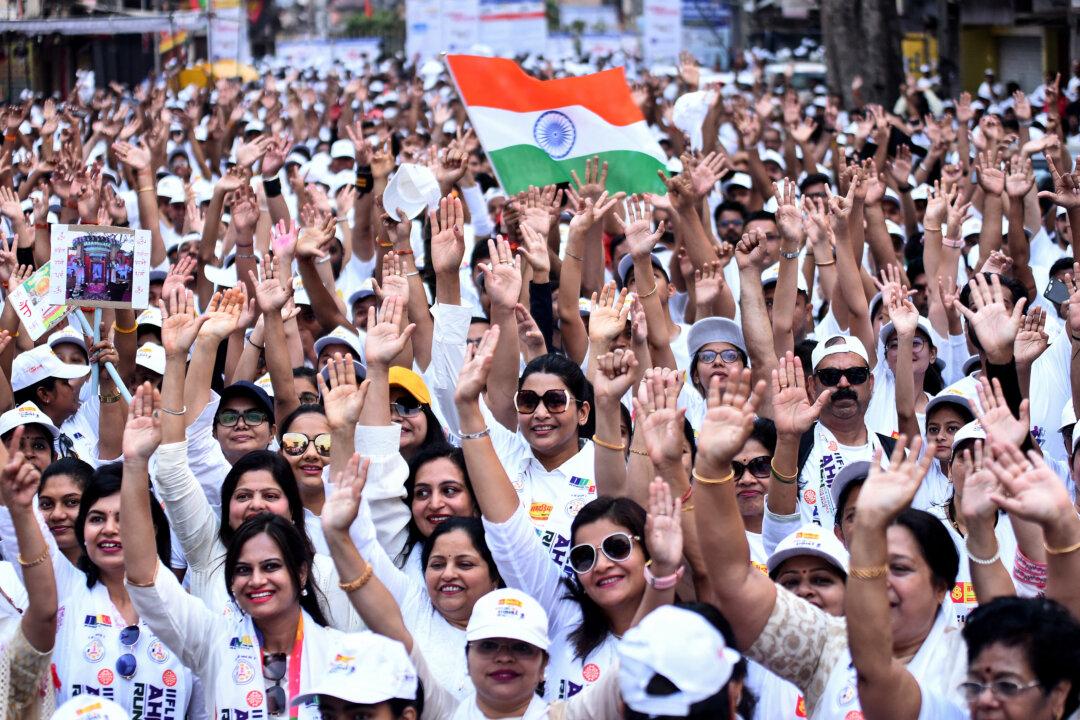
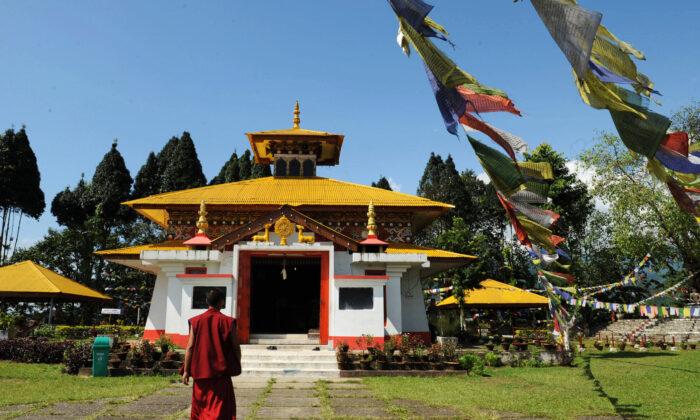
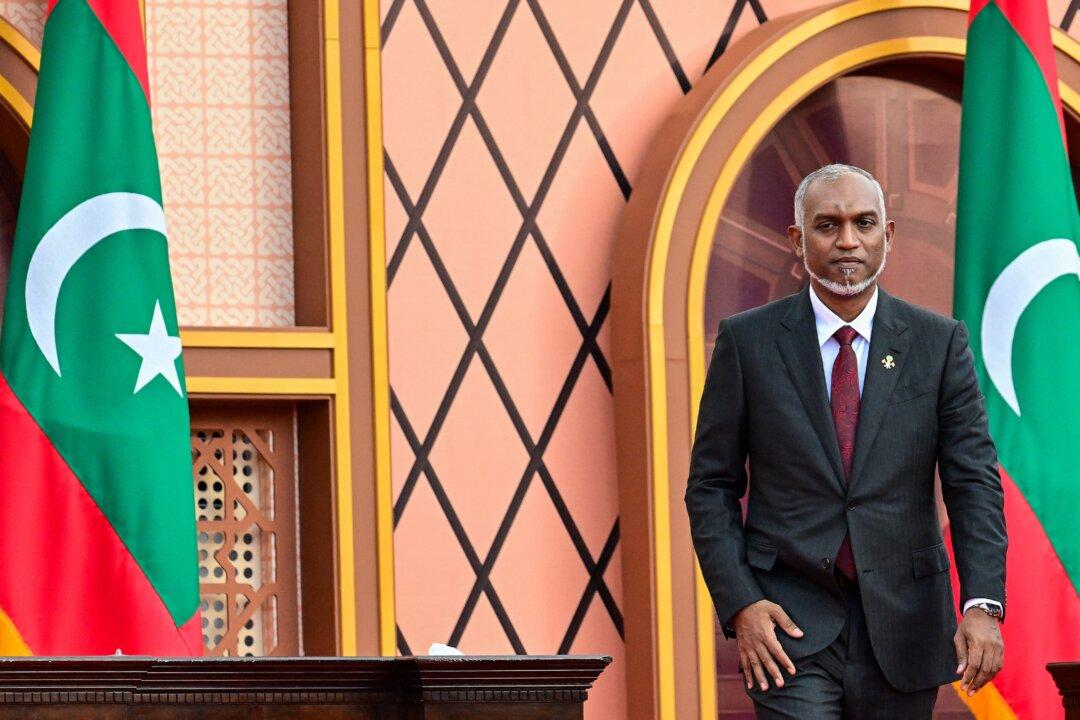
Friends Read Free